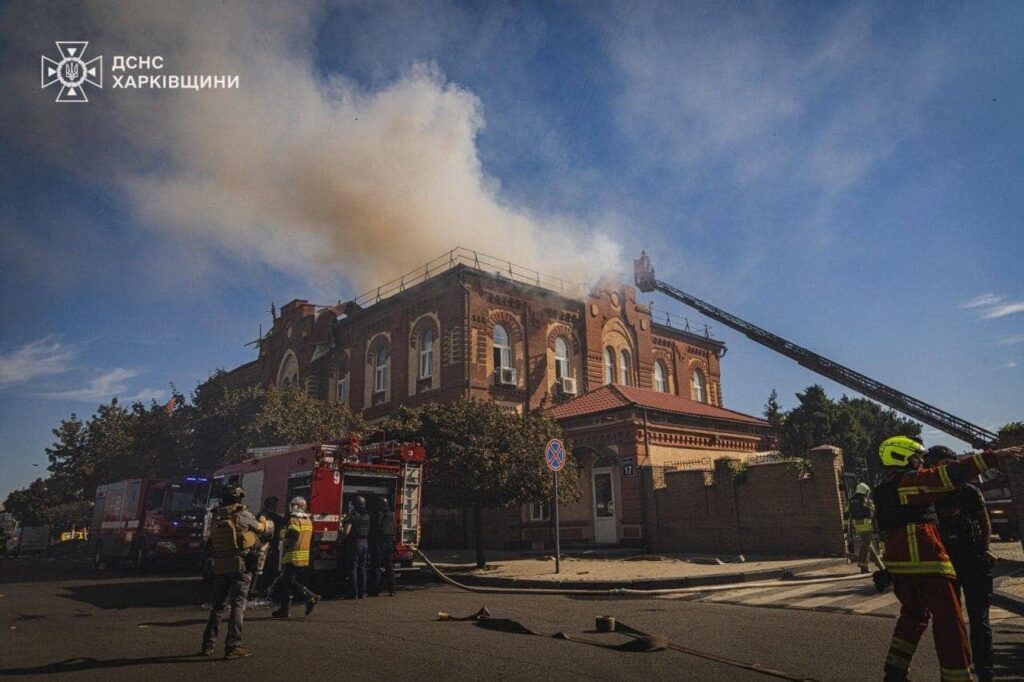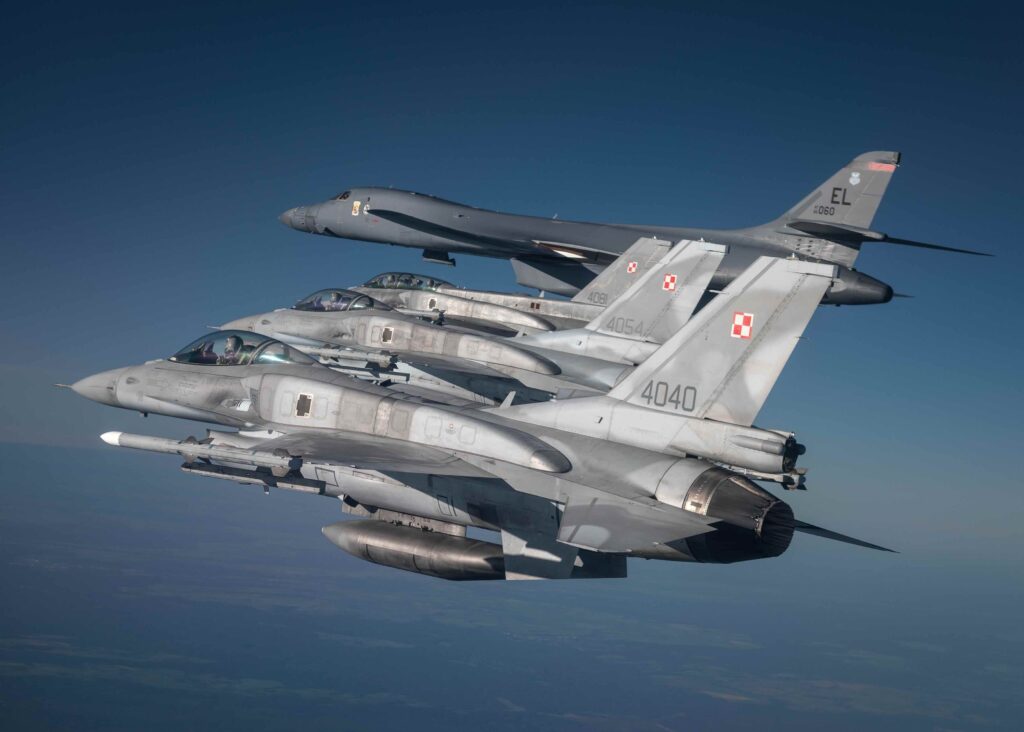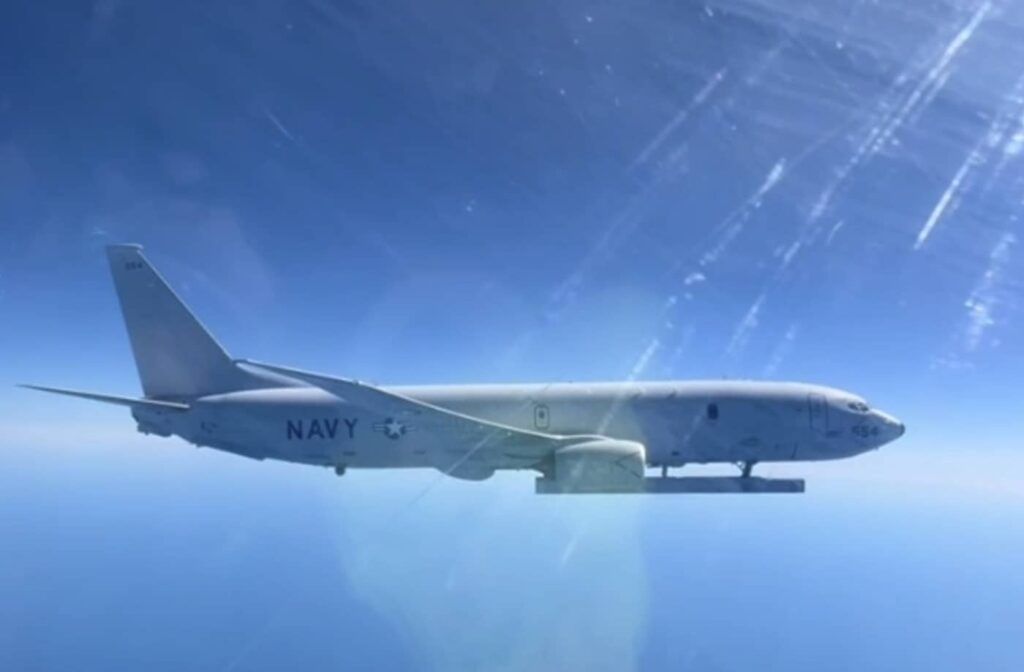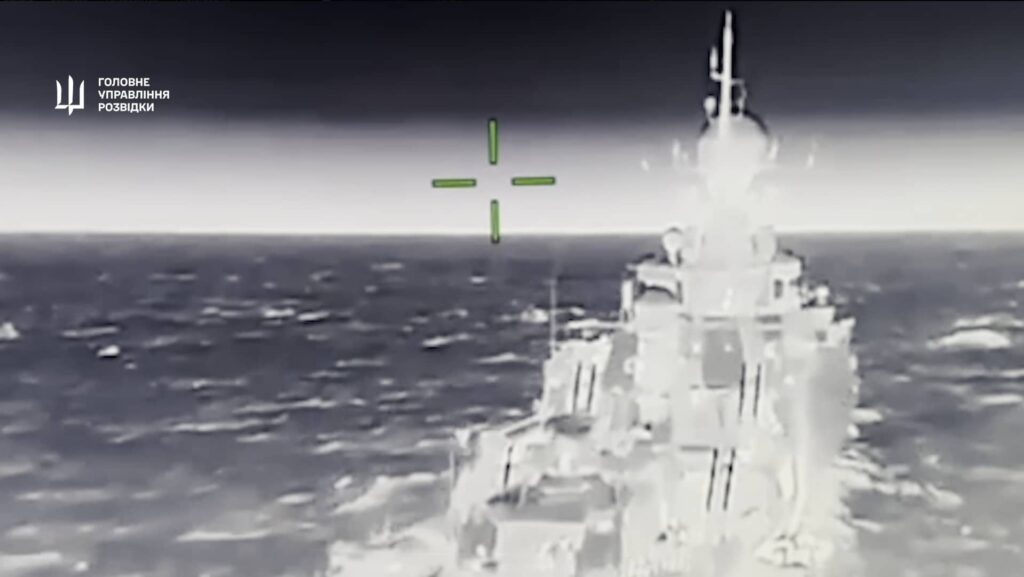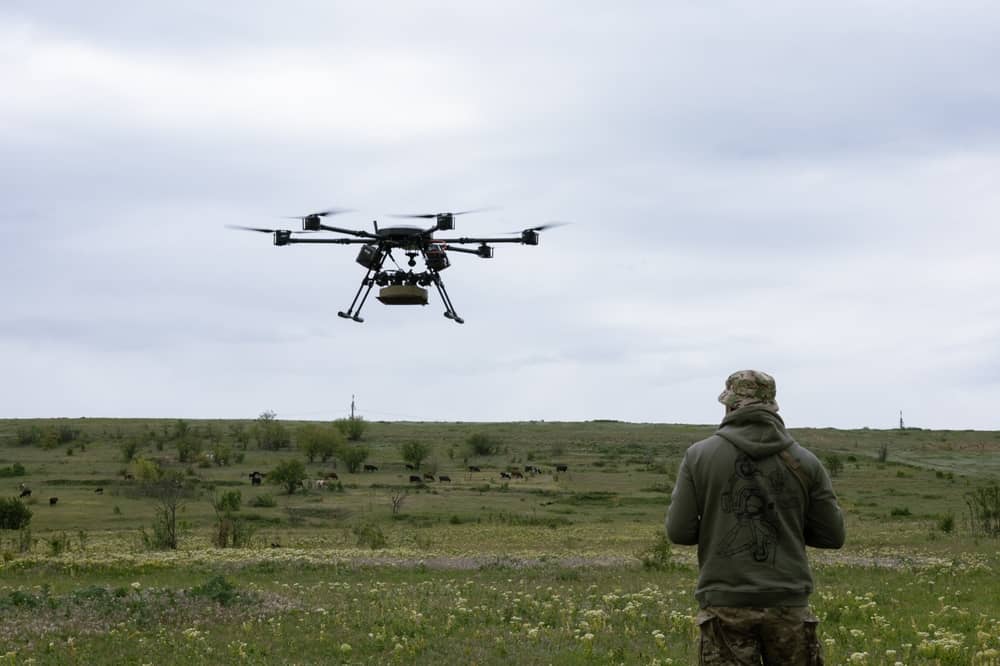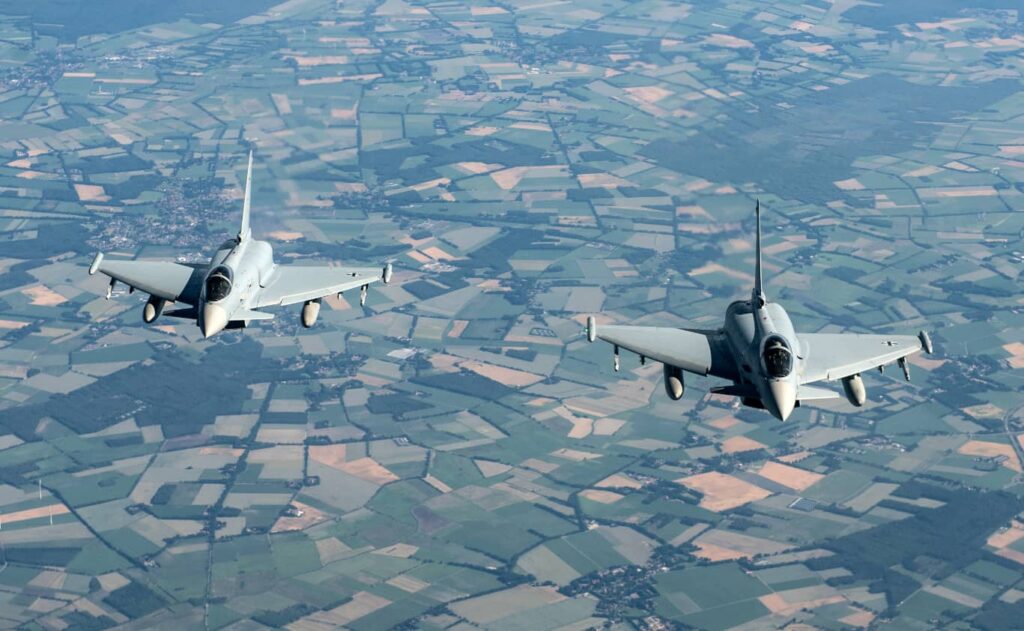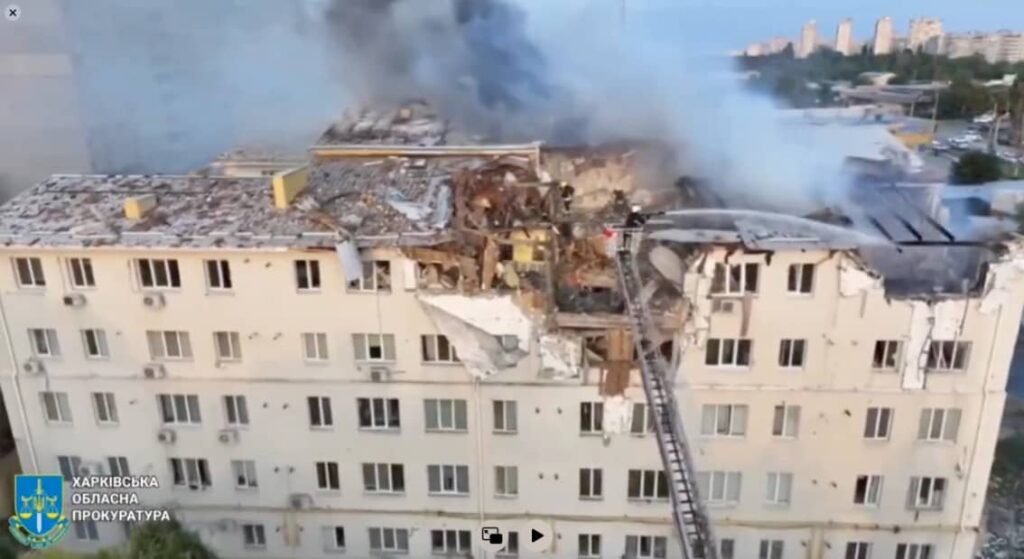Footage from Operation ‘SpiderWeb’ Shows Ukrainian Drones Striking Russian Tu-95s and A-50s
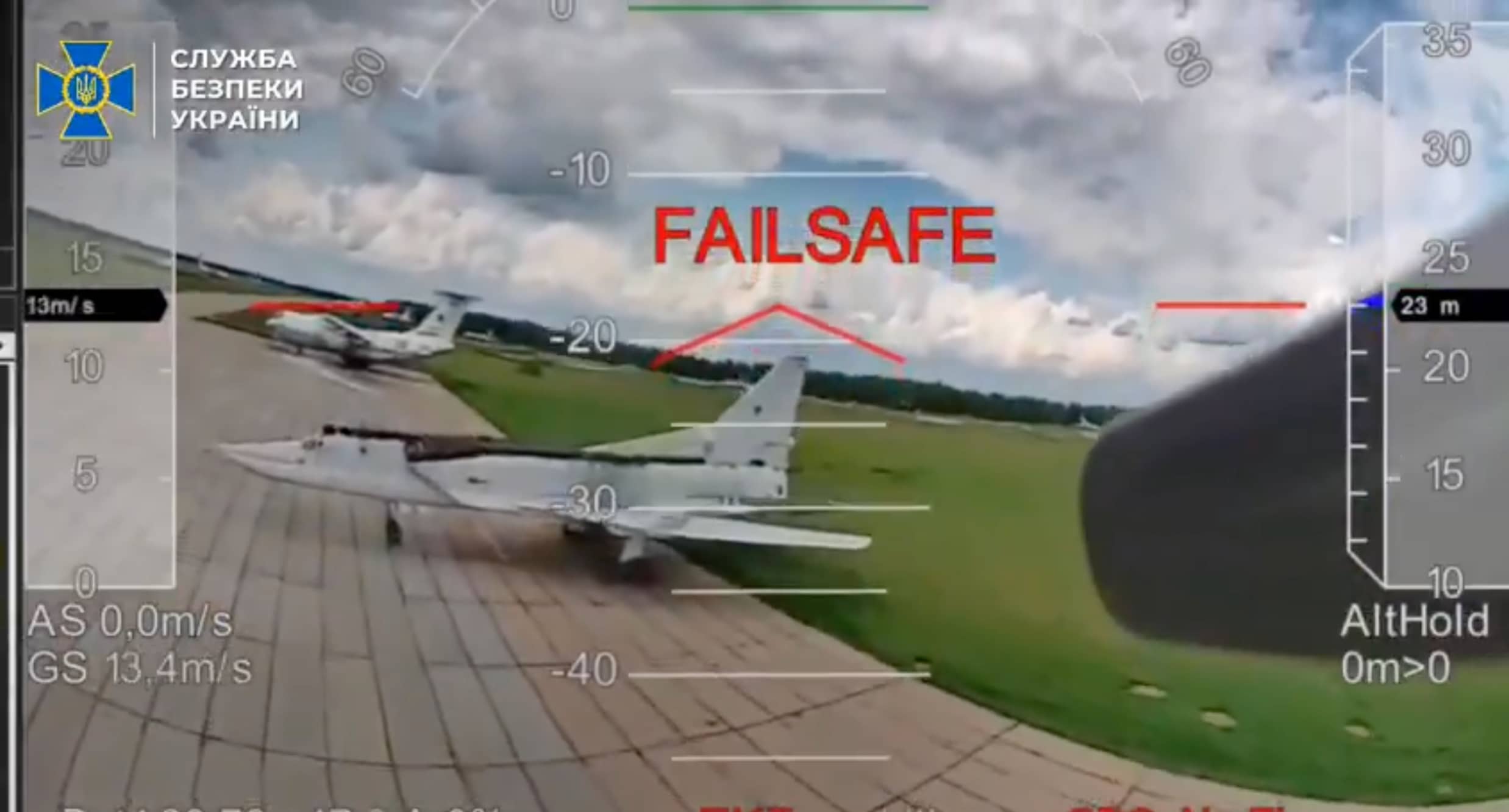
Ukraine’s main intelligence agency, the Security Service of Ukraine (SBU), released new video footage Wednesday of its long-range drone operation, codenamed “Spider Web,” showing strikes on four Russian airfields located thousands of kilometers inside Russian territory.
Earlier this week, the SBU announced that 41 Russian military aircraft, including strategic bombers and surveillance planes, were destroyed in Sunday’s strikes on Belaya, Olenya, Diaghilev, and Ivanovo air bases, causing an estimated $7 billion in damage and disabling 34% of Russia’s cruise missile carrier fleet.
According to Ukrainian sources, the targeted aircraft included Tu-95, Tu-22, Tu-160, A-50, Il-78, and An-12 models. However, the Russian Defense Ministry downplayed the impact, stating that attacks were repelled at most sites and that only the bases in Irkutsk and Murmansk sustained minor damage.
The footage released by the SBU shows drones flying low over airfields and striking aircraft with precision, with several planes seen burning and exploding after direct hits. The video does not reveal how many aircraft were destroyed.
СБУ показала унікальні кадри спецоперації «Павутина», у результаті якої уражено 41 військовий літак стратегічної авіації рф
— СБ України (@ServiceSsu) June 4, 2025
➡️ https://t.co/OSxqEsI9CD pic.twitter.com/aGSZNEsoX3
In a statement, the SBU said it used advanced UAV control technology that integrated autonomous AI algorithms with manual operator input during the operation. “Some drones, after losing signal, switched to AI-based mission execution, following a pre-programmed route. Upon nearing and contacting a designated target, the warhead would automatically activate,” the SBU added.
Justin Bronk, a senior fellow at the Royal United Services Institute in London, called the attack “a stunning success for Ukraine’s special services.”
CNN quoted Bronk saying: “If even half the total claim of 41 aircraft damaged/destroyed is confirmed, it will have a significant impact on the capacity of the Russian Long Range Aviation force to keep up its regular large-scale cruise missile salvos against Ukrainian cities and infrastructure, whilst also maintaining their nuclear deterrence and signaling patrols against NATO and Japan.”
Katarzyna Zysk, a professor of international relations and contemporary history at the Norwegian Defense Academy, told The Moscow Times that the successful targeting of Russian assets carries strong psychological and symbolic weight.
“Psychologically and symbolically, the successful targeting of such high-value assets sends a clear message about Ukraine’s ability to impose costs on Russia. Striking deep inside Russian territory undermines Russia’s image of military invulnerability and of the Kremlin’s control.”
Zysk also noted the challenges facing Russia’s bomber programs.
“Russia has attempted to develop a new generation of strategic bombers over the past 15 years, but these programs have been repeatedly delayed. As a result, Moscow has focused on modernizing its older fleet, now severely undermined by Ukraine’s effective strikes,” she said.
Meanwhile, Ukrainian President Volodymyr Zelenskyy described the weekend’s surprise drone operation against Russia as a success and warned that such strikes will “continue” unless Moscow stops its offensive.

